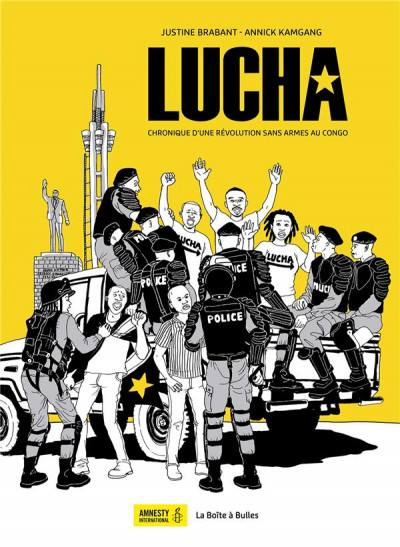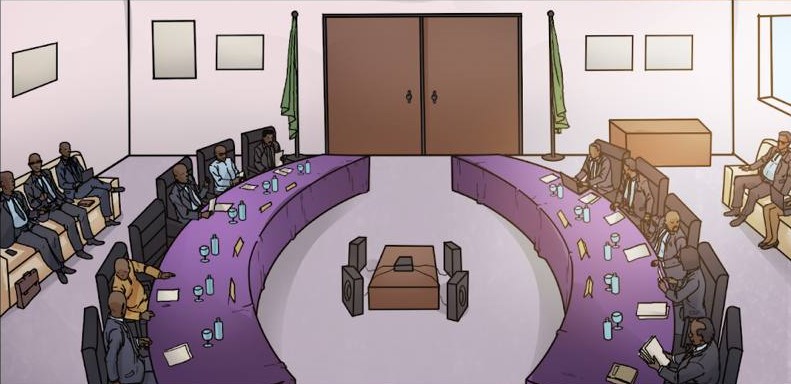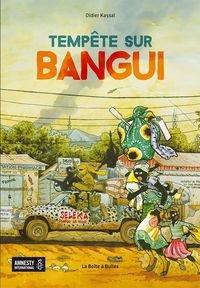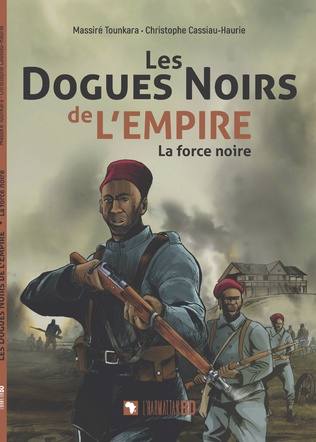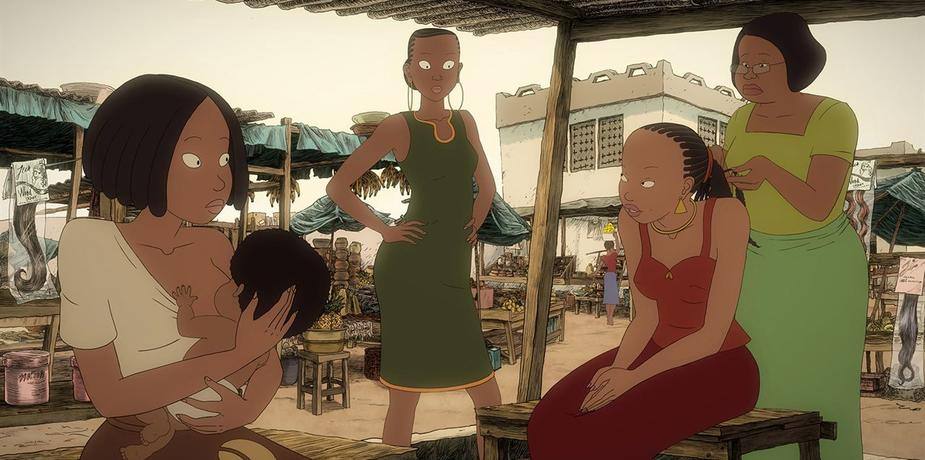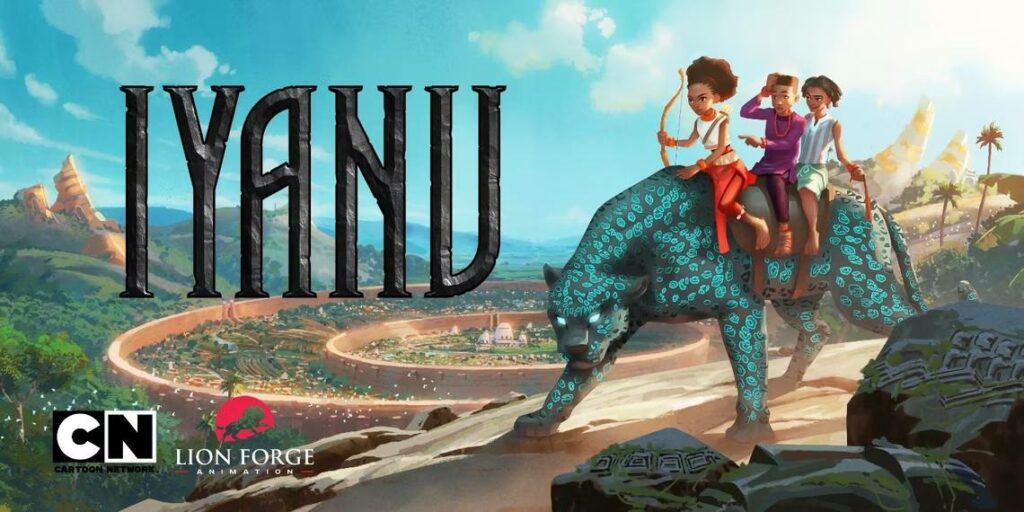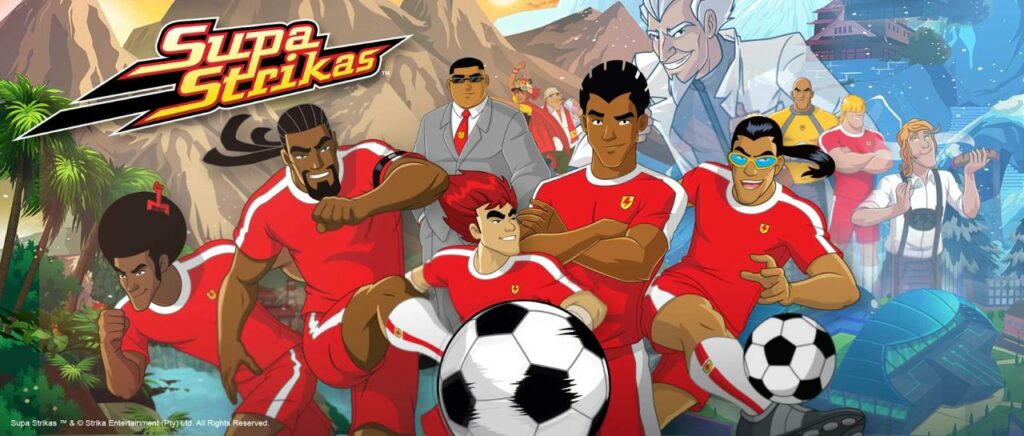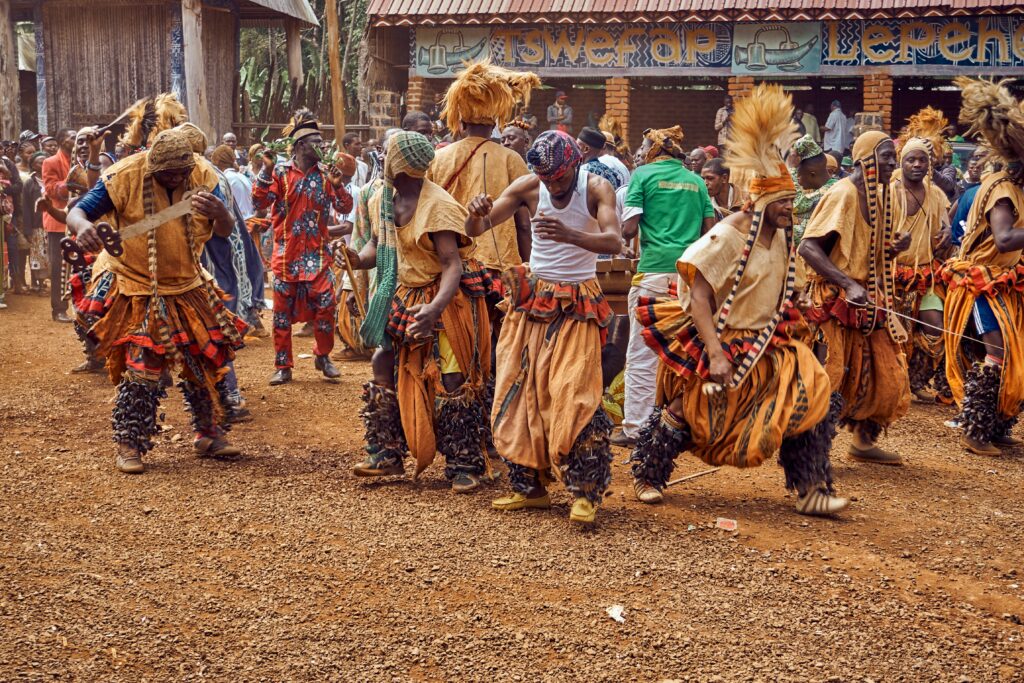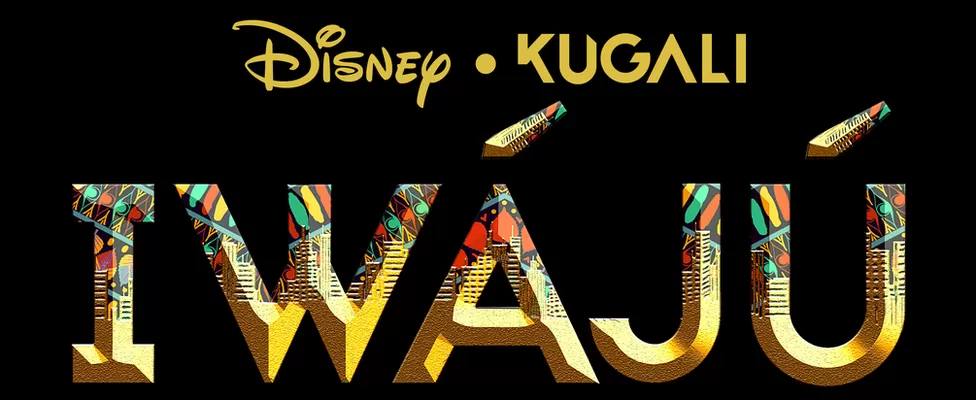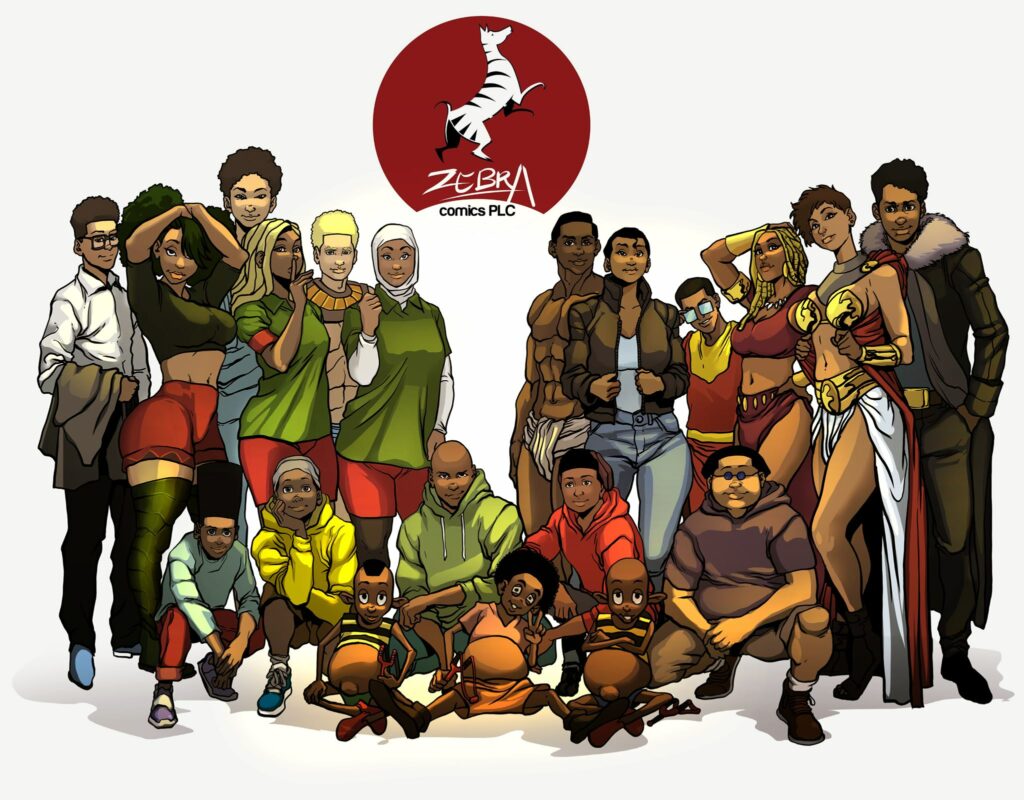Fantasy is a popular genre in entertainment that has captivated audiences worldwide for decades through iconic movies and novels. When people think of fantasy, they often imagine old wizards with pointy hats and magical wands, mythical creatures, and other familiar tropes. However, the African comic book industry is starting to shake things up and create a new kind of fantasy that is gaining global recognition. One example of this is MANCRAFT, a comic book series that stands out from traditional fantasy narratives.
Synopsis

Mancraft tells the story of Tain, a young man who turns to a life of crime to survive. Despite the financial benefits, Tain is conflicted about his actions and feels trapped in his current lifestyle. After a botched job, he stumbles into a secret world of magic and legends that exists within our own. He soon realizes that his arrival in this world was not a coincidence and that he has a crucial role to play in the ongoing battle for power. Tain must choose his path carefully, knowing that his decision will have significant consequences.
Setting and Context
Unlike traditional fantasy stories that are set in mythical worlds like Westeros or Middle Earth, Mancraft takes place in a slightly advanced contemporary Cameroon, with fictional locations added in. This realistic setting provides a unique backdrop for the story, with characters dressed in modern clothing instead of cloaks and gowns. There are no dwarves or elves, and the focus is on people with special abilities called “craftsmen,” who possess magical powers derived from the culture of the region.
The Protagonist

Tain is a complex protagonist, a character who is not a typical hero. He is flawed, having made decisions that led him down a dark path. However, his internal conflict and reluctance to embrace his role in the magical world make him relatable and compelling.
Supporting Characters
Tain is joined by a cast of diverse supporting characters, each with their own backstory and unique abilities. From the formidable and boisterous Little Chief to the wise and benevolent Kemjei, each character adds depth to the story and helps shape Tain’s journey. They are part of the elite that governs this magical underground world. On the other side, we have Kattia and Ramiz of the Bamenda III Police Department who are investigating a stream of strange phenomena. We see how their investigation uncovers this obscure world.
Themes
Mancraft explores themes such as power, identity, morality, and self-discovery. It highlights the consequences of the choices we make and the impact they can have on our lives and those around us. The story’s focus on African culture and mythology also provides an opportunity to showcase a different perspective on traditional fantasy narratives.

Expansion
The comic book industry in Africa has been steadily growing, with many talented creators producing groundbreaking content that showcases the rich cultural heritage of the continent. Mancraft is a prime example of this trend, with its unique blend of African mythology, modern-day setting, and fantastical elements that make it stand out in the crowded world of comics.
The series is written by Ejob Gaius and illustrated by Maitre Show, and published by Zebra Comics, a Cameroonian comic book publisher. It is available online on Zebra Comics’ digital platforms, making it accessible to a global audience.













